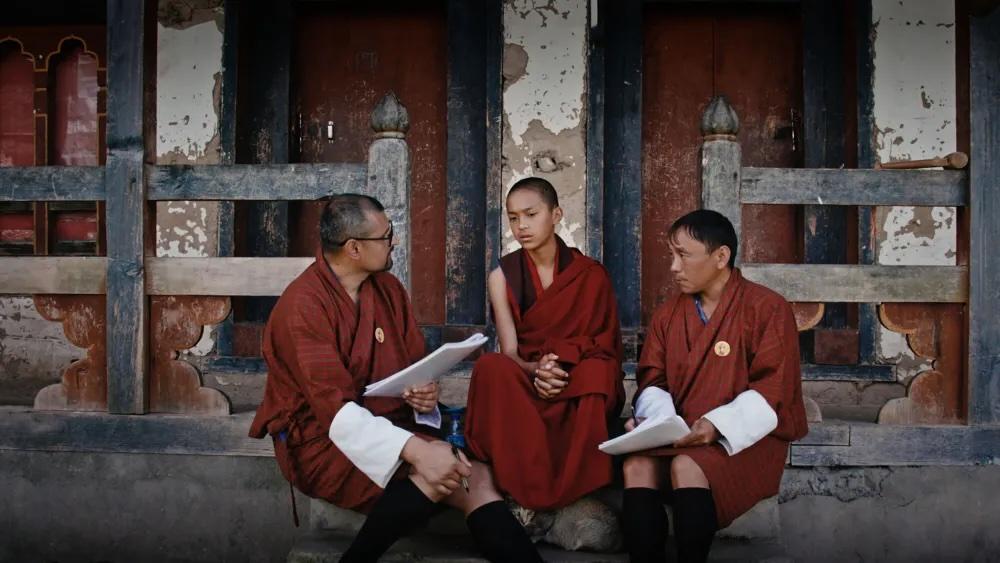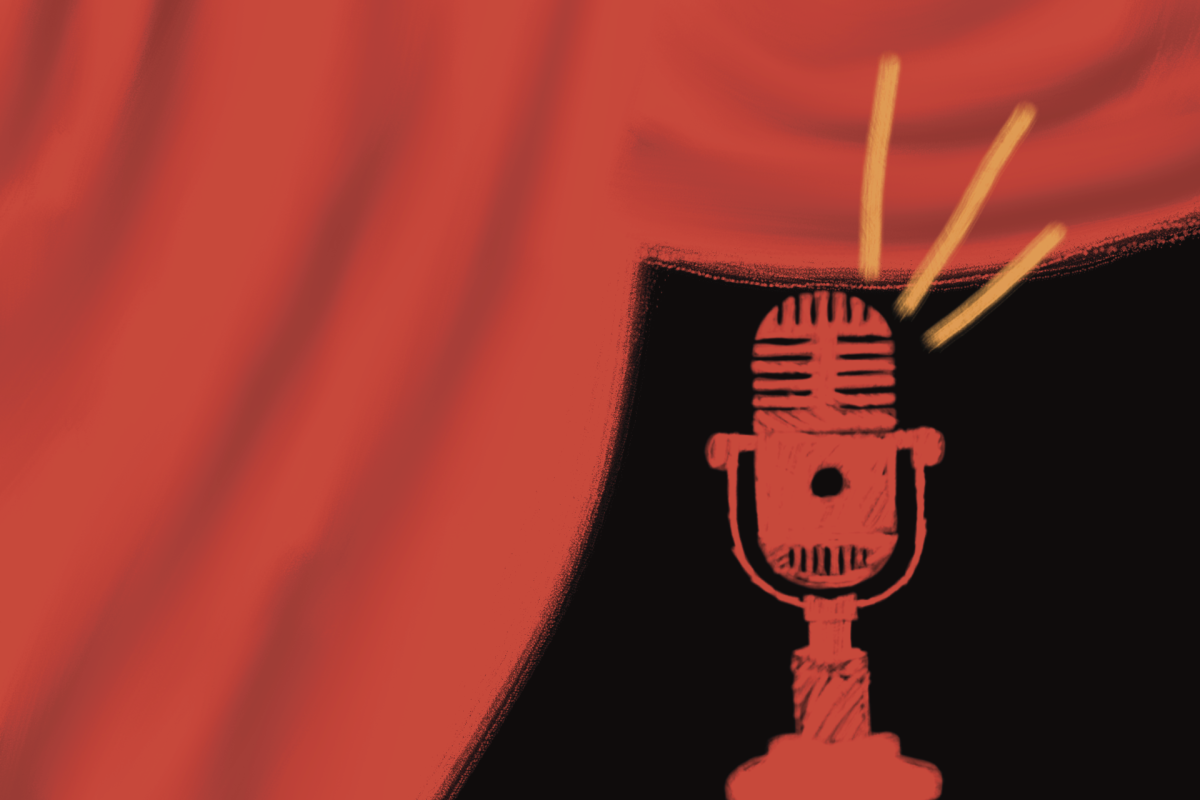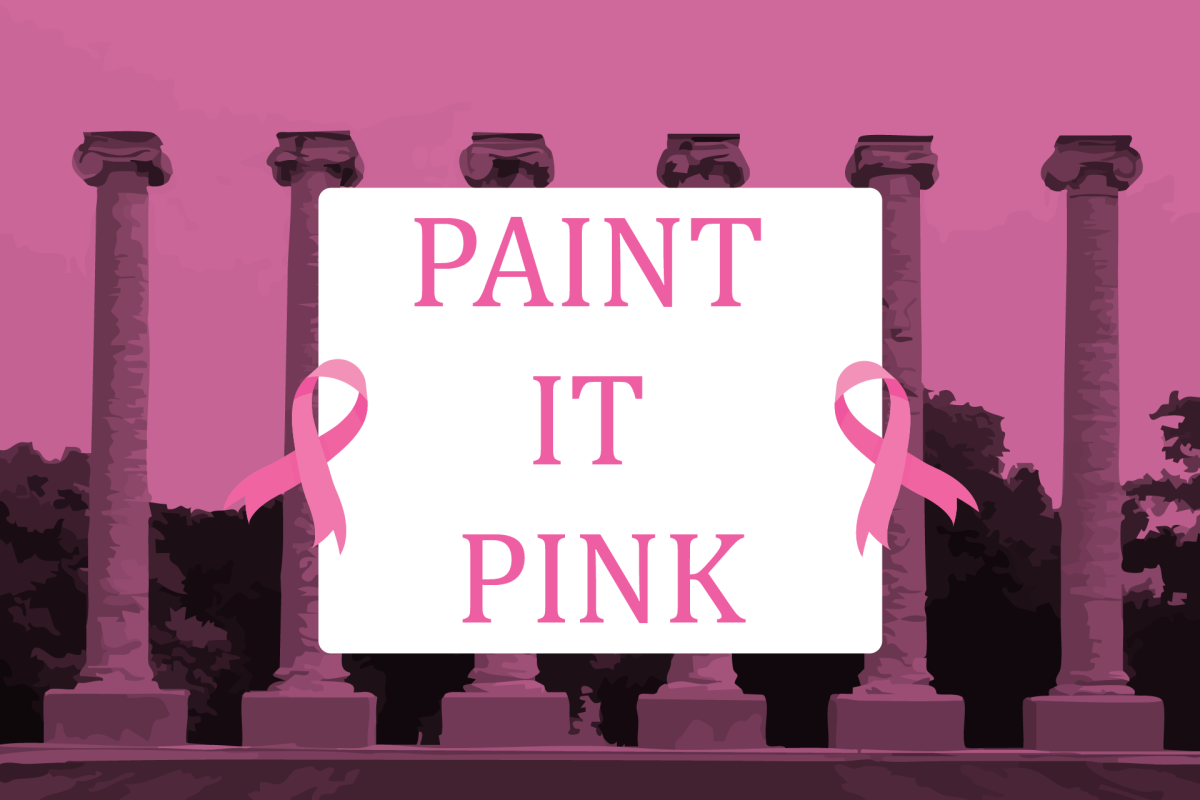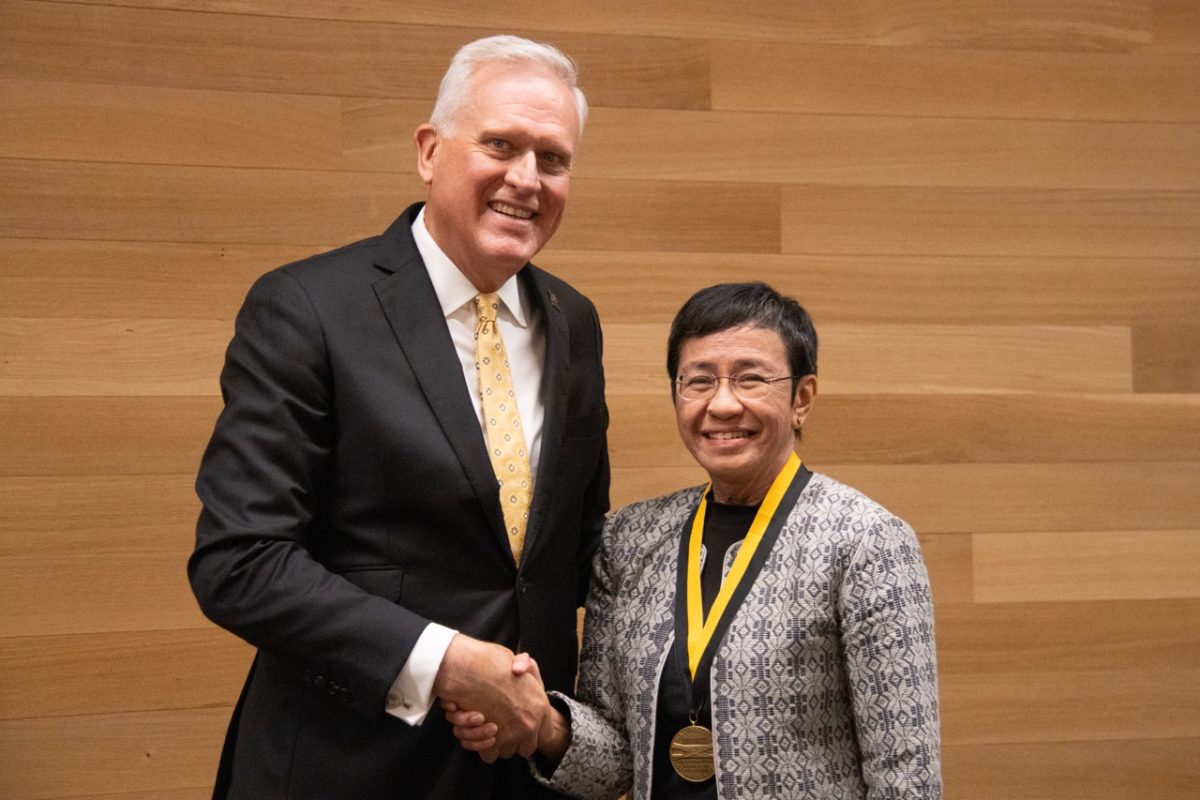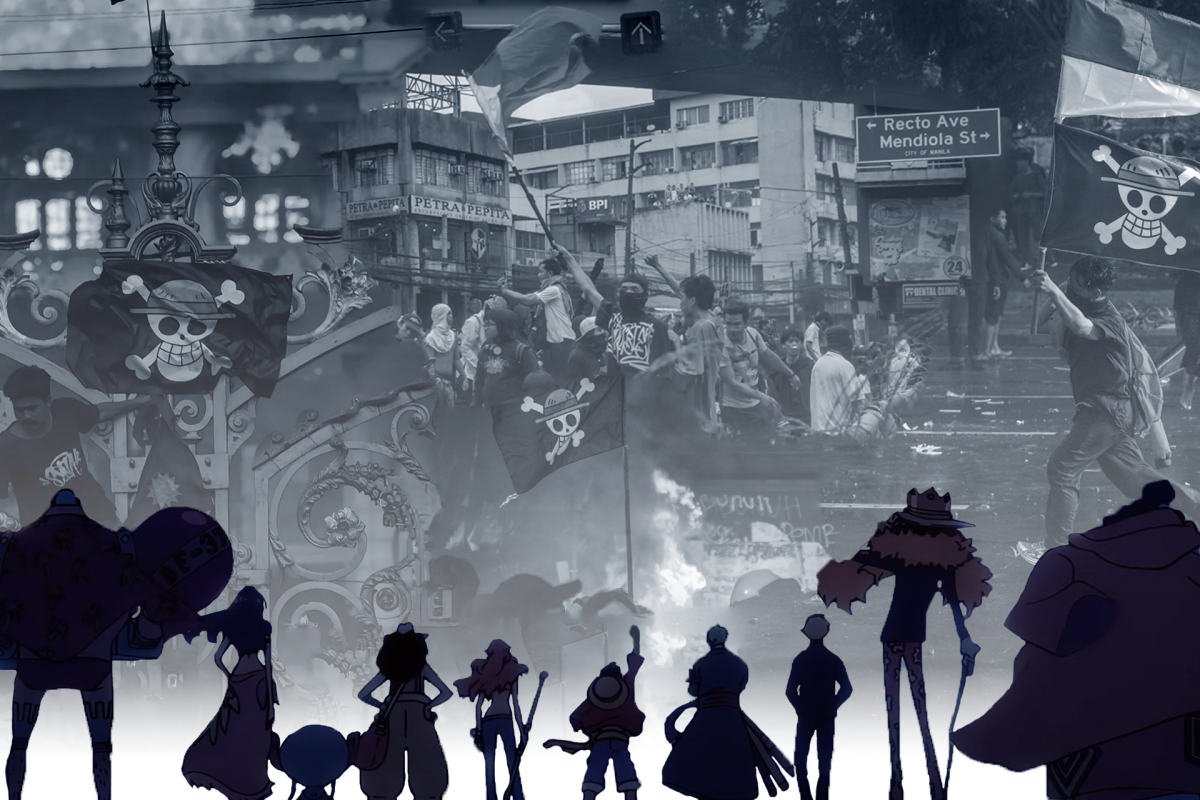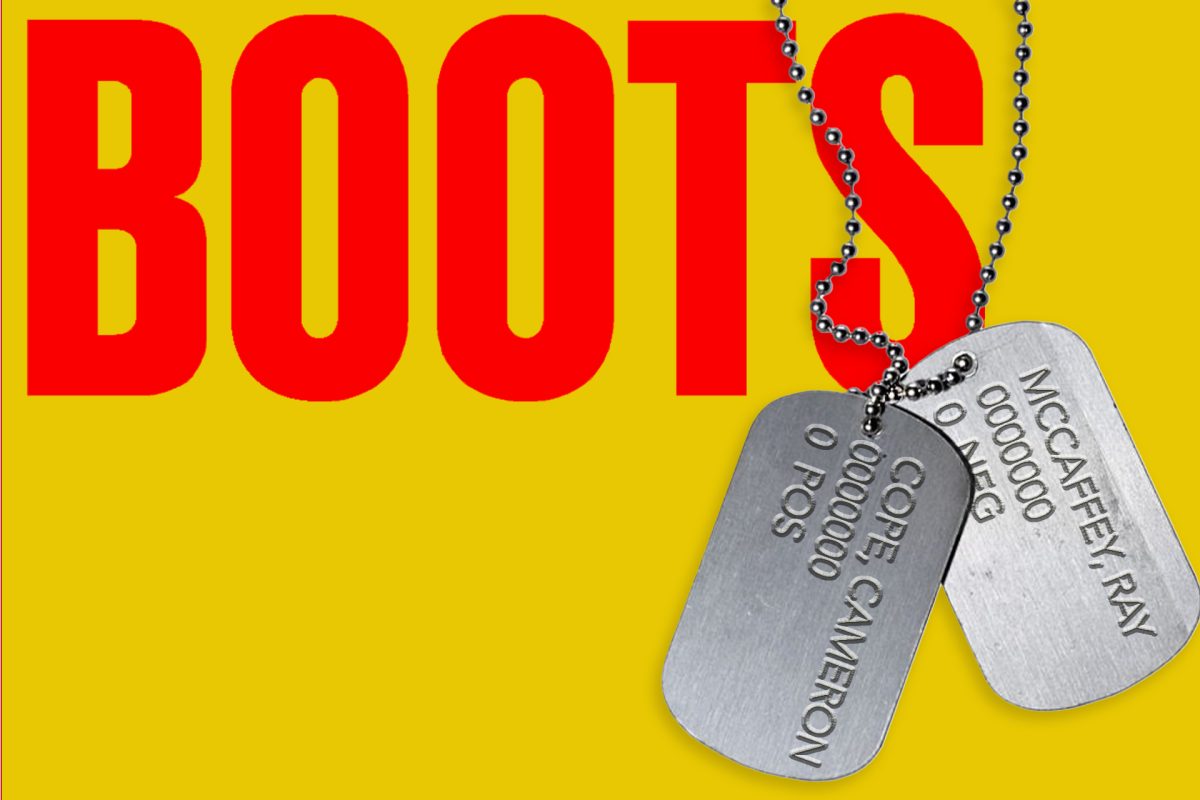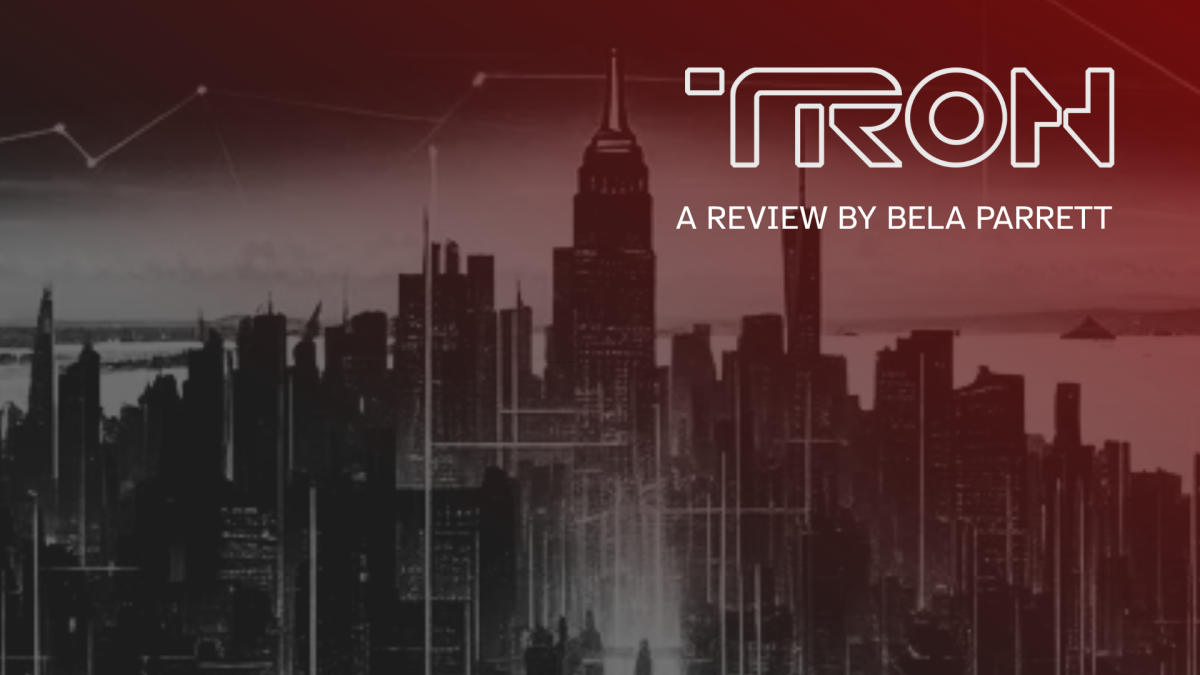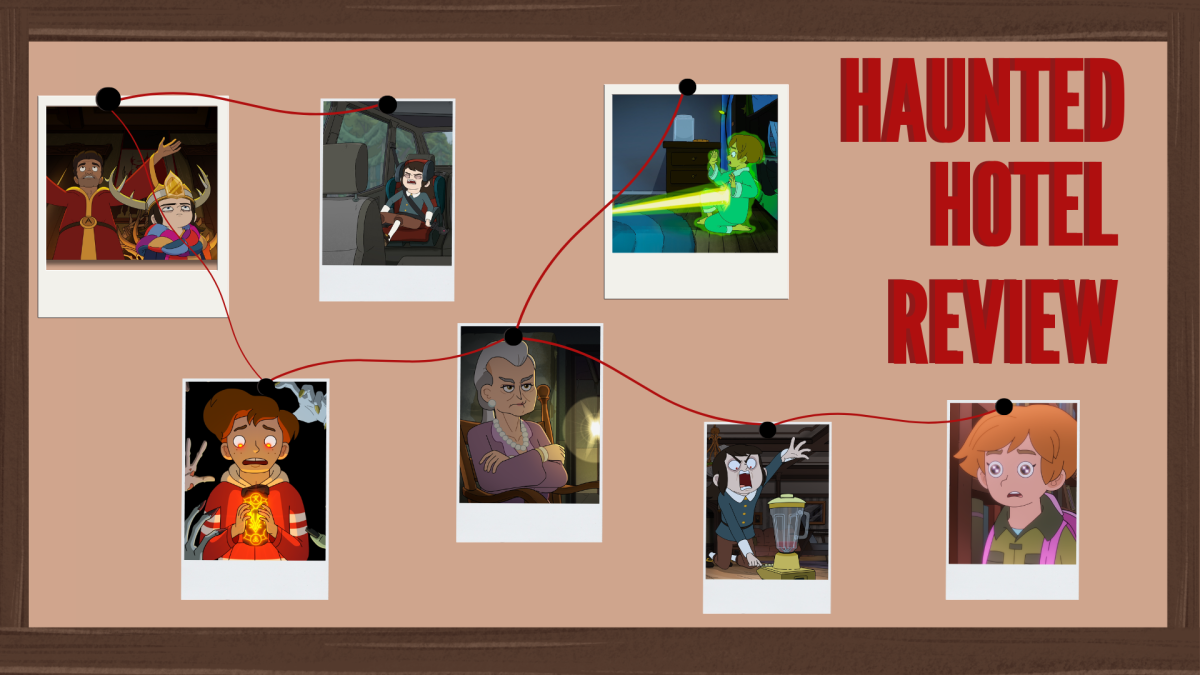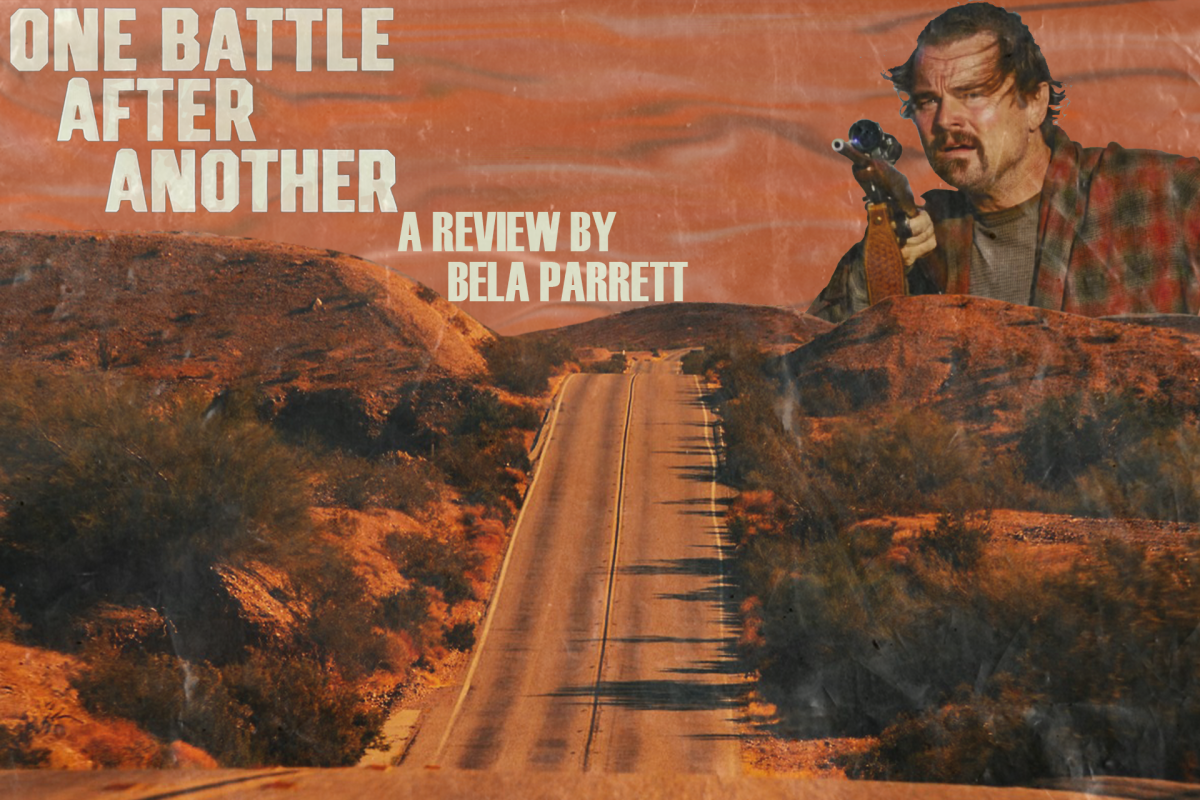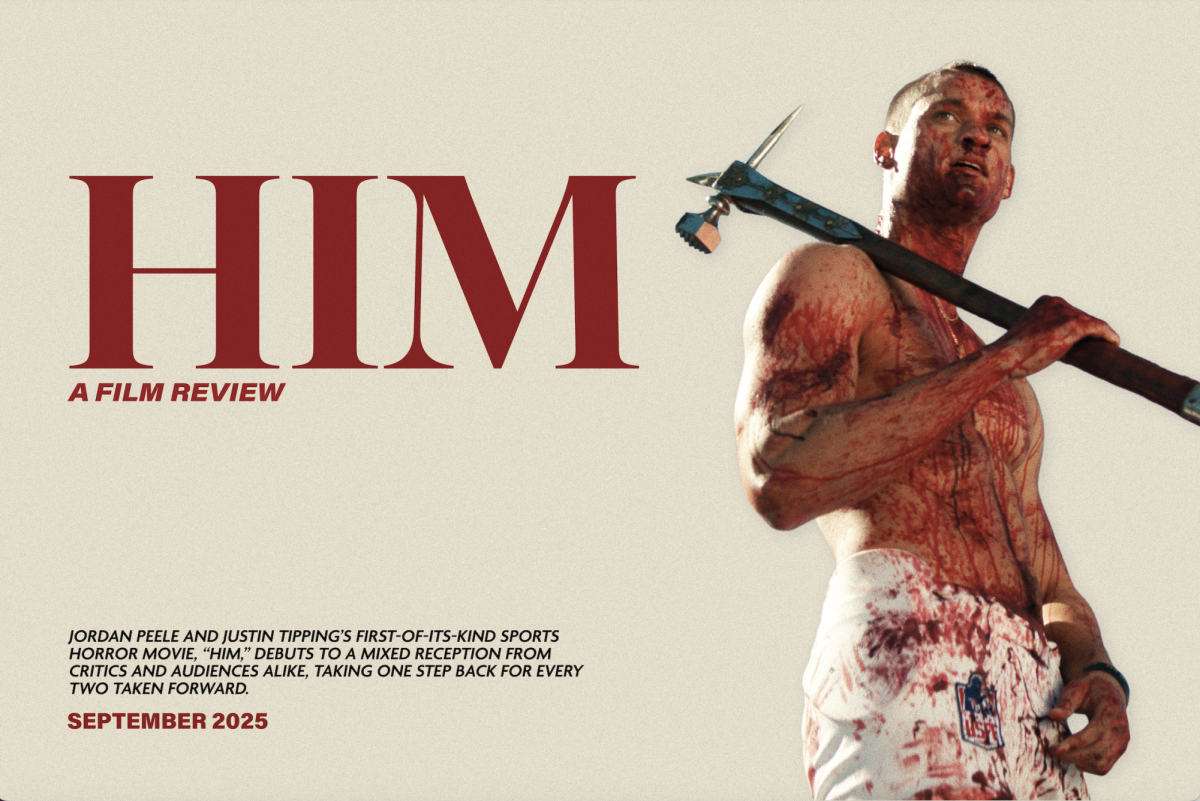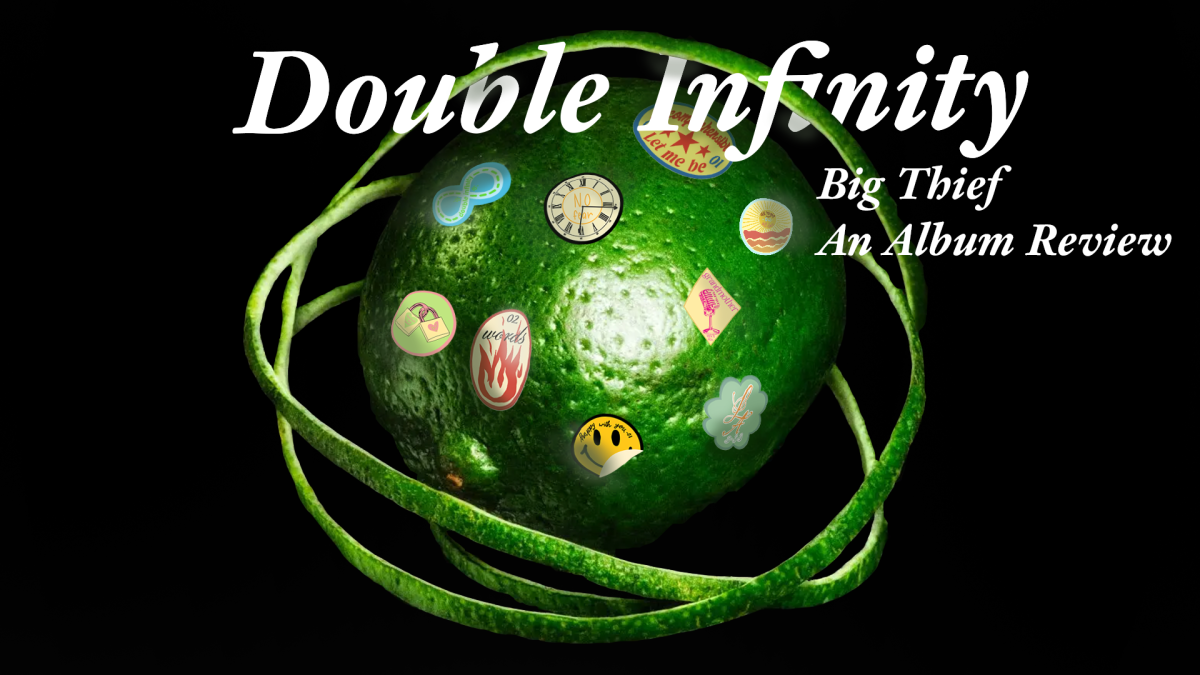The film provides a space for the audience and the characters to unite over shared struggles to find joy amid personal hardships
In “Agent of Happiness”, the quest for happiness begins with three things: a knock, two men and a series of questions.
To residents of Bhutan, the men in plaid robes, deemed “agents of happiness,” are there to improve the country by first understanding the people behind it. How do they live? Why do they live? Are they happy in the process?
The journey to finding happiness drives the documentary, which first premiered at the 2024 Sundance Film Festival, and was shown on March 3 at the True/False Film Fest.
The film is led by happiness agents Amar and Gunaraj as they traverse through the sparse countryside and sprawling cities with a pen, clipboard and the “Happiness Survey.” With each resident, they begin first by asking, “Have you ever heard of ‘Gross National Happiness?’”
GNH is essentially a measure of happiness that involves a variety of factors from emotional stability to feelings of karma and even a count of the animals participants had.
For some, the more cows they had the happier they were, because of the increased financial stability. I have never tried this approach of acquiring farm animals to increase my happiness, but it seemed to work for a lot of participants.
For me, it wasn’t the questions or the survey itself that impacted how I received this documentary — it was the stories. The audience gets to spend time with each participant and witness various moments of their lives where they were vulnerable with their own journey to happiness.
The beautiful idea within “Agent of Happiness” is that the journey to happiness is universal — even if it takes different forms. We can find the smallest joy making a large difference in terms of happiness by connecting with others and the world around us.
Looking at all those stories at face value, it might be easy to wonder how these people can even find happiness in situations that are often plagued by grief, isolation and rejection. Some of their happiness index scores were on the low end at threes and fours out of ten, but I think it is about attitude and perspective. There are aspects of life to be happy about no matter the circumstance. I don’t think there was a single participant shown on screen who didn’t have the brightest smile at least once, which also made me realize that maybe happiness isn’t always capable of being determined by a single test, though it can be insightful.
“Agent of Happiness” pointed out that more often than not the journey to happiness is a journey to finding connections with loved ones. Each participant had long realized this: happiness was not linked to physical objects but instead emotional connections.
One of the Bhutan residents was a 17-year-old girl, who sacrificed her education to care for her younger sister and alcoholic mother. She had to grow up faster than I did and learn that. She learned to appreciate the smaller moments because they were so few. Just upon reflection, if she can find happiness even with so many obstacles and setbacks I should be able to do the same.
My favorite part about the film is that it doesn’t forget its protagonists. Just because the agents of happiness are proficient in the study of happiness doesn’t mean they are as successful in their own lives. Happiness Agent Amar grabbles with identity and connection as he struggles to find a life partner, and we witness him connect with another woman.
This part reminded me that even the people we look up to and admire for their achievements are still fighting to be happy, too. Nobody has happiness all figured out.
If “Agent of Happiness” begins with a knock, two men and a series of questions, it ends with an opportunity to search for more happiness–beyond whatever number the test score determines.
How would I rank my happiness on a scale from one to 10? That’s a difficult answer, and one that may require a documentary’s worth of explanation. However, I can say that “Agent of Happiness” did leave me feeling a solid 10’s worth of joy.
Edited by Annie Goldman | [email protected]
Copy edited by Sterling Sewell | [email protected]
Edited by Scout Hudson | [email protected]


